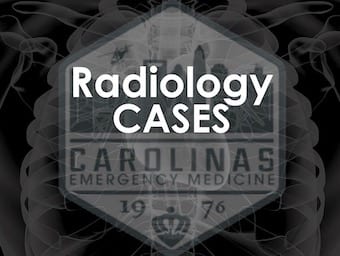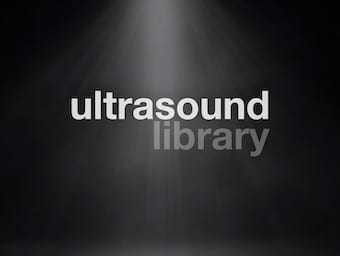
CXR essentials: The many faces of pneumonia
Medmastery video helps identify the various radiological presentations of pneumonia such as lobar, interstitial , bronchopneumonia and special considerations in immunocompromised patients

Medmastery video helps identify the various radiological presentations of pneumonia such as lobar, interstitial , bronchopneumonia and special considerations in immunocompromised patients

March 2022 Adult Emergency Medicine Chest X-ray interpretation with Daniel Escobar, Angela Pikus, and Alex Blackwell

Some experts divide patients in two separate phenotypes: The “L” phenotype characterized by a hypoxemic failure and “low elastance” lungs (high compliance) and the “H” phenotype with “high elastance and recoil” lungs (lower compliance).

A 43 yo male presents with a syncopal episode, normal labs and ECG. A CXR is performed. LITFL Top 150 CXR

A patient presents with fever, cough and purulent sputum. What do you see?

A 40 year old man presented with high fever, tachycardia and vomiting. You search for a source of infection; this is his chest x-ray.

This young man presents with high fevers and shortness of breath. He also complains of chest discomfort and an odd feeling in his neck. He is febrile, tachycardic, tachypneoic and hypoxic.

This patient presented with right upper quadrant pain and a fever. The clinical suspicion was cholecystitis. What does the ultrasound show?

Community Acquired Pneumonia: Streptococcus pneumonia (most common organism); other causes: Mycoplasma pneumoniae, Chlamydophila pneumoniae and Legionella, Haemophilus influenzae (in COPD)

Cryptogenic Organising Pneumonia (COP) is also known as bronchiolitis obliterans organising pneumonia (BOOP); not the same as bronchiolitis obliterans; the rapidly progressive form has a very poor prognosis

Pneumonia in Pregnancy: 2 patients; treatment dependent on stage of pregnancy (first trimester: avoidance of teratogenicity, third trimester: prevention of pre-term labour)
signs of severe sepsis may be masked by normal pregnancy changes

Nosocomial or hospital-acquired pneumonia (HAP) is defined as pneumonia that is not incubating at the time of admission to hospital and develops in a patient hospitalised for >48 hours.